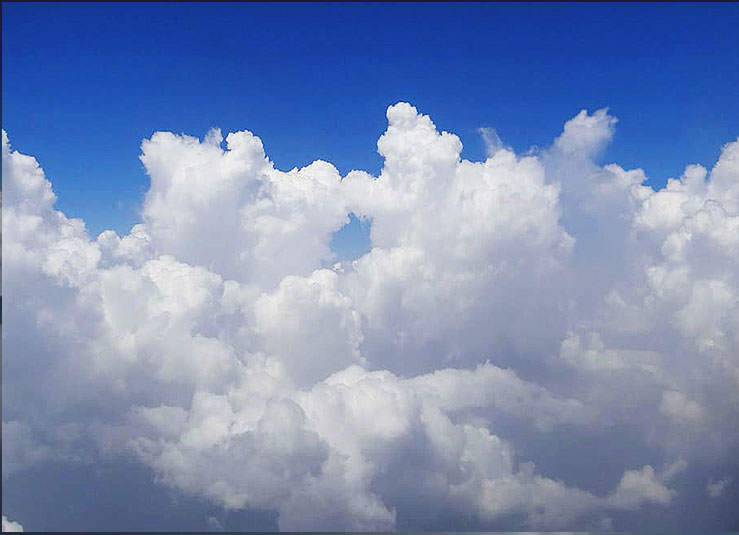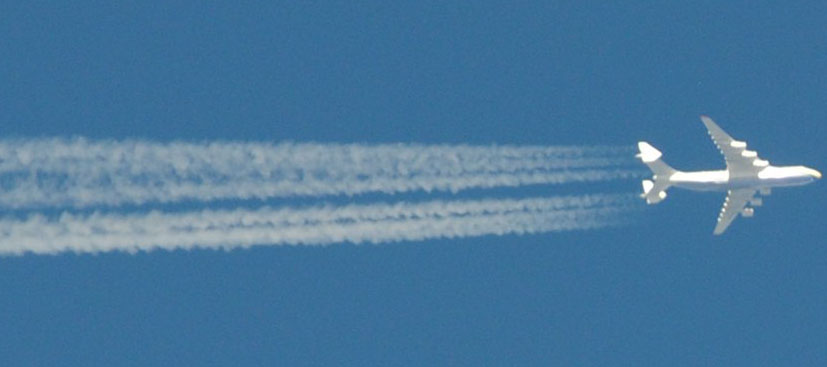Causes: Water vapour and clouds (H2O)
Lake Pukaki – image: Cody Whitelaw
Impacts on Aotearoa
“This century, climate change will alter New Zealand’s natural water cycle significantly. It will change how much rain and snow we receive, and at what time of year. It will change how much water is stored in the soil, snow, glaciers and aquifers. It will change how much water evaporates back to the atmosphere and how much flows through streams and rivers to the coast. And it will change the severity of droughts, floods and power shortages.” – National Science Challenges
More than 60% of people living in Aotearo live on flood plains. Every aspect of our lives will continue to feel increasingly damaging impacts, including atmospheric rivers dumping large quantities of rain in very short periods (days vs months).
Multiple scientific projects are currently underway to assess the type, scale and cross-sector impacts, from river flows, loss of glaciers, farming, floods, and other extreme weather events, to the costs of insurance and how local councils need to plan for these changes. Links in the drop tab below will take you to key pages on NIWA, each of which lists several projects in different sectors under an overarching New Zealand Government mandated and funded programme. See also the pages on this website on floods and rivers.
Clouds
Stratocumulus clouds act as sunshades
“Stratocumulus clouds cover 20% of the low-latitude oceans and are especially prevalent in the subtropics. They cool the Earth by shading large portions of its surface from sunlight. However, as their dynamical scales are too small to be resolvable in global climate models, predictions of their response to greenhouse warming have remained uncertain. Here we report how stratocumulus decks respond to greenhouse warming in large-eddy simulations that explicitly resolve cloud dynamics in a representative subtropical region. In the simulations, stratocumulus decks become unstable and break up into scattered clouds when CO2 levels rise above 1,200 ppm. In addition to the warming from rising CO2 levels, this instability triggers a surface warming of about 8 K globally and 10 K in the subtropics. Once the stratocumulus decks have broken up, they only re-form once CO2 concentrations drop substantially below the level at which the instability first occurred. Climate transitions that arise from this instability may have contributed importantly to hothouse climates and abrupt climate changes in the geological past. Such transitions to a much warmer climate may also occur in the future if CO2 levels continue to rise.” – Shneider et al, Nature

Other clouds act as blankets
Stratus and stratocumulus are only a few of the many types of clouds. Some clouds act as blankets, preventing heat from escaping into the atmosphere. This is why going outside in the evening when the sky is cloudy, is warmer than cloud-free nights. But as the climate warms, clouds that once carried ice, instead carry water. This may turn clouds that once reflected the sun’s heat into clouds that act as blankets.
“As the climate warms, cloud ice is gradually being replaced with water – a change that has an overall cooling effect. But what happens when there is no cloud ice left? Our climate model simulations suggest that we then reach a state where warming accelerates.” – Carlsen et al.
“Experts are concerned that efforts to change aviation engine design to reduce CO2 emissions could actually create more contrails and raise daily temperatures even more.” – Fred Pierce, Yale360


